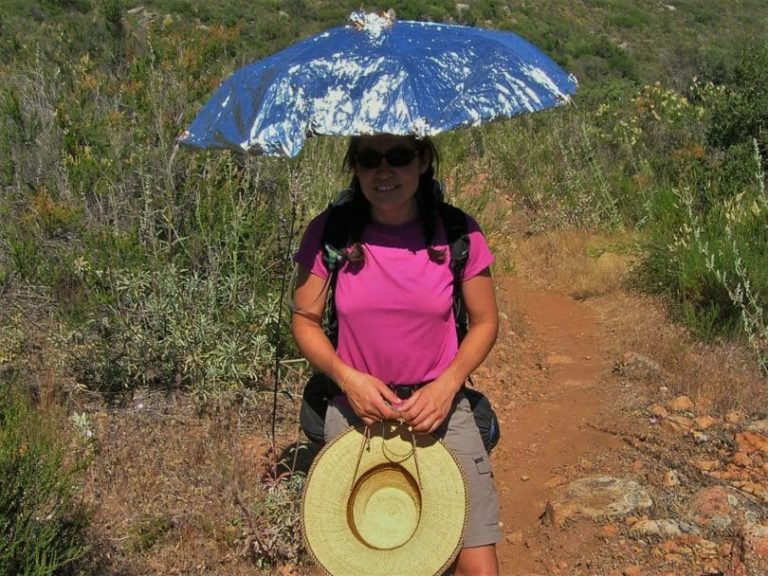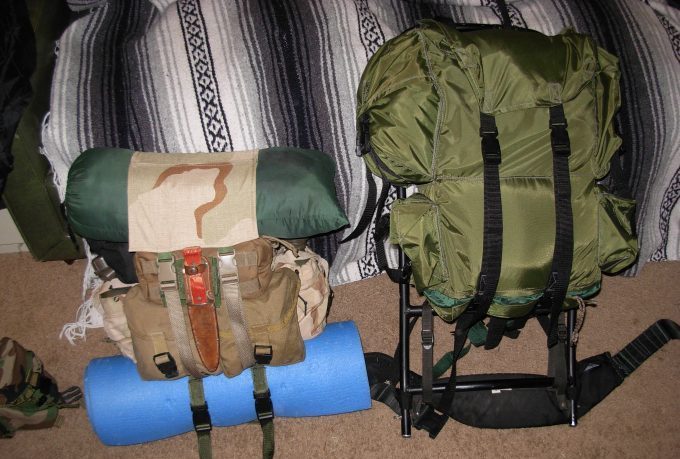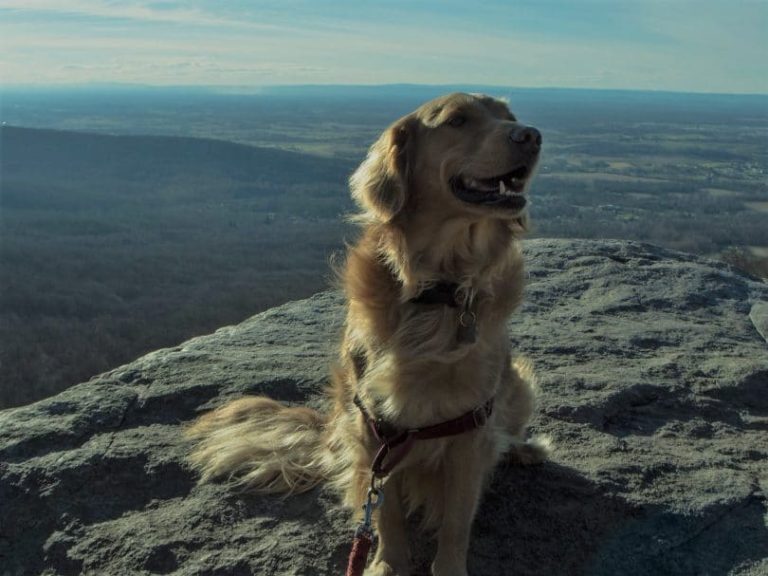Ultralight Backpacking Gear List: Never Take More Than Needed
When it comes to a backpacking trip, the longer the trip the lighter you want your pack to be. Ultralight backpacking has become increasingly popular, especially with that of thru-hikers on trails like the Appalachian or the Pacific Crest Trail.
How light you want your pack will be up to you, but the number one rule on any ultralight trek is: every ounce counts. Doing your research is a great place to start. Knowing what food to eat, what gear to bring (or not bring), and even knowing what to eliminate completely or cut down on can be what makes or breaks you on the trail.
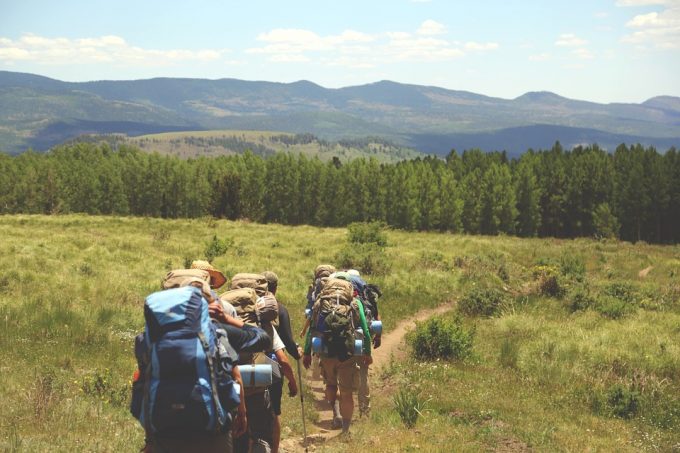
In this article we are going to help you with a detailed ultralight backpacking gear list, to ease your back in those long trips.
For Starters
If you’re new to backpacking, you may need to rely more on gear than more seasoned backpackers, but as you become a more experienced backpacker, you will easily be able to cut back on gear and rely more on your own skills. Here are a few key aspects that you will need to consider before you even start packing.
Know the Trade-Offs
Don’t be afraid to alter your own gear before going out and buying new gear. New ultralight gear isn’t always as durable as traditional backpacking gear.

Not only that, but ultralight gear tends to be more expensive. By sewing and altering your current gear, you may save comfort and money, but you’ll have to deal with a few more ounces.
Don’t Break the Bank
Swapping out all of your gear at one time may be feasible for some hikers, but not for everyone. If you are just breaking into the ultralight world, try to replace one major item at a time until you have your ideal setup.
Set a Limit
As you steadily improve and replace your current gear for lighter gear, know what weight you are aiming to hit. Once you have your base weight (around 10 lbs), you will have to consider the weight of items you consume along the way.
Weigh It
Find a scale to secure the base weight you’ve been aiming to reach. Once you’ve weighed that gear, weigh the consumables (food, water, fuel) to see what the total weight is going to be.

If you still aren’t happy with the weight, weigh each item individually. If you have similar items, weigh them both and always choose the lighter one. You’ll be surprised how everything adds up.
Choose Your Base Weight
Before you purchase and/or start to alter anything, you will need to decide what you want for base weight items like your sleeping bag, sleeping pad, shelter, and backpack. The general consensus on a base weight is anywhere between 10-12 lbs.
If it is your first ultralight trip, you may exceed this weight, but there isn’t a textbook definition saying what ultralight looks like. Find the weight that you’re aiming to achieve and figure out the gear that fits into that category.
Backpack
The standard backpacks most hikers use tend to weigh around 4-5lbs, they have frames, and they usually have a larger capacity for gear. If you are upgrading gear, make your first item be your pack.
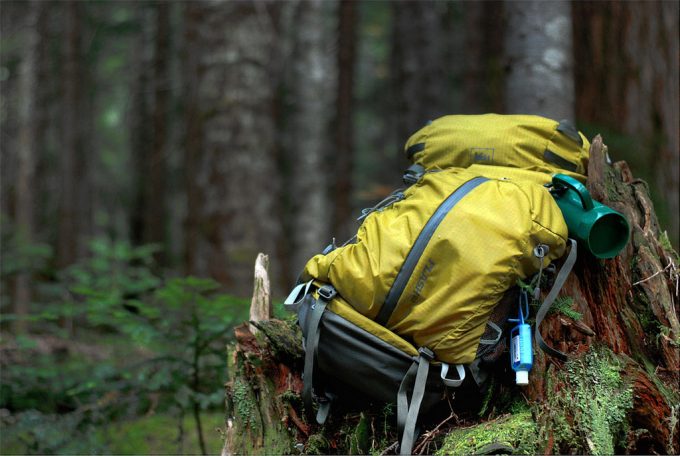
Ultralight packs may be smaller, but they are much lighter too. The average weight of an ultralight pack is 1.5-2lbs.
Sleeping Bag
The traditional ideology about sleeping bags is get one that is 20 degrees colder than you’ll need. For an ultralight situation, you should find a happy medium. Research what the temperatures will be throughout the trip and the different terrain, if it will be changing. Find a sleeping bag that falls within the middle of that range.
If you’re worried about being cold, don’t worry because you can put on extra layers while you sleep or raise your body temperature before getting into your bag by doing a few push-ups or jumping jacks. When you’re trying to decide what material to choose for your bag, choose down.

Most of the new down bags are water resistant, and they can be as light as one pound. If you want to cut a little extra, choose a mummy bag without a hood, because you can wrap your head with clothing or wear a hat.
Sleeping Pad
When choosing a sleeping pad, most hikers choose one according to how much heat they reflect back. This may be wise if you are cutting weight in your sleeping bag. Foam pads, such as a Z-Lite, are a great option for a thru-hike, especially since they won’t puncture.
However, they do make very comfortable air or inflatable pads, but it will add a few ounces. If you want an air pad, consider getting a torso length pad and using your pack as insulation on your legs.
Shelter
If you need the comfort of a tent, choose a full-mesh tent with a rainfly. They make relatively light one person tents that you could use your trekking poles to hold up. However, we recommend pairing an ultralight tarp with a bivy sack.
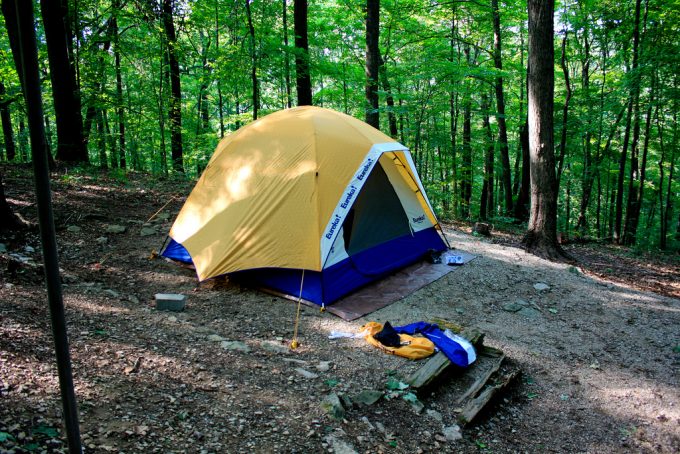
If the weather gets bad, you can easily make a shelter out of the tarp, and the bivy sack, weighing between one to two pounds, can be made of goretex for more protection from the elements. If you already have all the gear listed above, consider just updating one at a time.
If you are updating, weigh all of your items first, and choose the heaviest one to lighten the load. After you’ve weighed all of your items, put them together and get your base weight. Try aiming anywhere between 10-28 pounds, which is dependent on the environment you’ll be embarking upon.
Consumables
After you’ve established your base weight, you need to consider things like food, water, and fuel. You may be pleased with your gear choices now, but having the comfort of certain food items on the trail may be what makes your journey worthwhile.

If you’re truly searching to go ultralight, you will have to cut back on certain items, and maybe eliminate them altogether. You will have to learn to only carry what you need.
Food
Being calorie conscious is one of the easiest ways that you can make sure you are only carrying the food you’ll need. Depending on how many miles you plan to cover and what the elevation change will be, you will want to carry anywhere between 3,000 to 4,000 calories per day.
For breakfast, go instant with some instant oatmeal and instant coffee for an energy boost. Choose calorie dense snacks to eat throughout the day like protein bars, dried fruit, and protein powder. Plan ahead for dinner, and consider dehydrating your own meals before the trail. Package them in ziplock bags so you can pour water right in the bag to eat it.
Water
This is one of the easiest ways to pack on the pounds on a daily basis. If you aren’t in a desert, you might be able to get away with carrying only one liter at a time. Keep in mind that one liter of water weighs a little over two pounds.
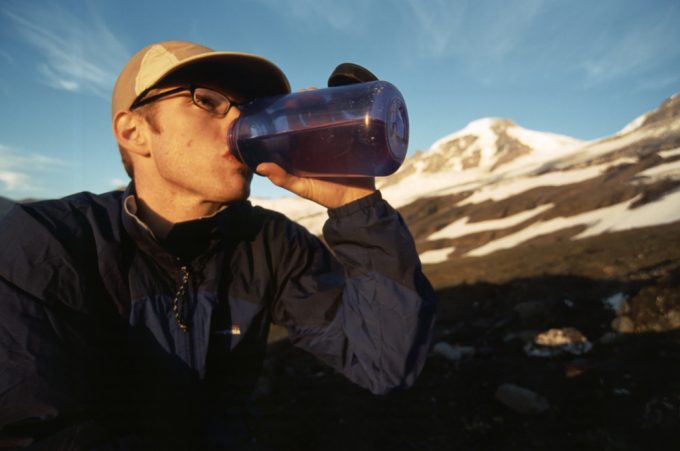
However, you will need to do your research ahead of time to be sure that you will be able to rehydrate when necessary. Before you leave each morning on the trail, drink plenty of water to start the day hydrated. Do the same when you get to your water source.
See also: Best Water Enhancers: How to Stay Hydrated and Healthy
This allows you to stay hydrated while not carrying too much weight in water. Choose a water filter as your purification method, but be mindful of how many liters it can purify. You should always have a back-up, so carry a few tablets as well. Store them in a plastic bag instead of the common glass bottles they’re packaged in.
Fuel
If you need to have hot meals throughout the day, a stove and fuel are going to be an item to do your research on. You’ll want something that you can heat water with quickly. If you only have to heat water, you won’t use as much fuel, and you will be making use of your dehydrated meals.
If you can, use the plastic bags you use to store your food to eat out of or carry a titanium mug so you have a cup as well as a pot. Carry a plastic spork instead of carrying multiple utensils.

As always, do your research on how much fuel you will need, and if you are traveling in warmer months, consider if you need to cook any meals at all or if you can go off of dry rations for the length of your journey.
More Pack Weight
Beyond the base weight items and the consumables, you are going to need clothes, toiletries, and maybe a few luxury items to make the trail more enjoyable. Although you don’t want to have too many items, you should never skimp on safety gear. Always give things like first-aid and navigation equipment a priority to stay when you’re trying to cut ounces.
Navigation
At a minimum, you should always have a laminated map of the area and a compass. A satellite navigation system can be bulky, but on longer trips to the backcountry, they can help in an emergency. As always, you should always tell others about your itinerary, and leave a copy of one in your car as well.
Clothing
Depending on the climate of where you’re traveling, the clothing you bring has an important functionality as well as comfort factor on the trail. It is a common practice to use a sweatshirt or any extra layers not needed when you are sleeping as a pillow.
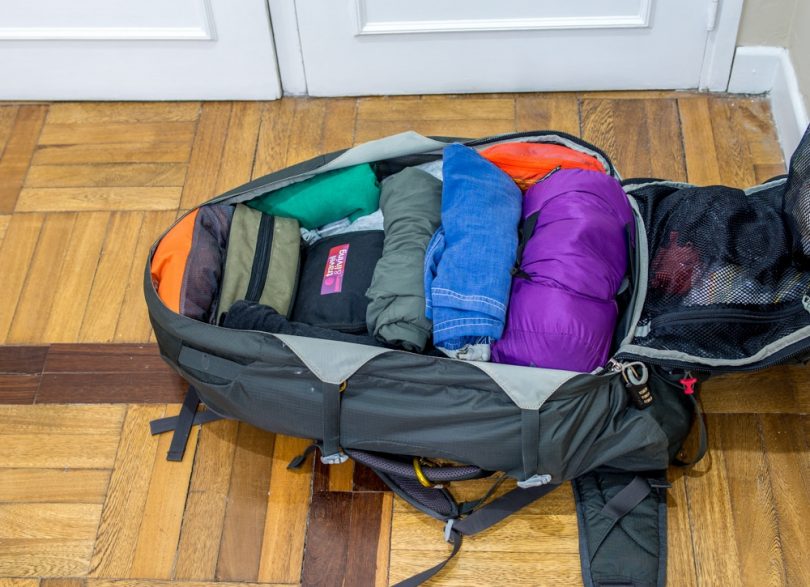
If you are bringing a sleeping bag that is a mid-temperature bag for the climate, you can use the clothes for insulation when you sleep. Just remember not to sleep with too many layers! That makes it more difficult for your body to regulate its own temperature and will end up making you colder.
Safety and First-Aid
This should always be a number one priority when you are preparing for a trek. Keep in mind the type of venture you are embarking upon so you know what you need to be packing.
For this specific item, it is better to be over prepared than underprepared. If you are going in a group, this can be a good item to split amongst multiple people or swap each day who is carrying your first-aid kit. Check out our guide on how to have a great first aid kit to prepare for any emergencies.
Hygiene
Basic hygiene items include toothpaste, toothbrush (cut off the handle), floss, toilet paper, wet wipes (bring a minimum of what you need), hand sanitizer, biodegradable soap, and any other items you may need like contact solution or glasses. Check out our list of the top biodegradable soap to help you with more options.

It may be tempting to bring a trowel for ease when digging catholes, but it is just as easy to pick up a stick or rock and dig a hole so you can save a few more ounces.
Lighting
A headlamp is the only real necessity here. If you feel more secure with a backup, it is recommended, and you should always carry extra batteries or a charging device for your headlamp.
Trekking Poles
These can make or break a trek for some people. Be aware of your personal abilities and the terrain you will be tackling.
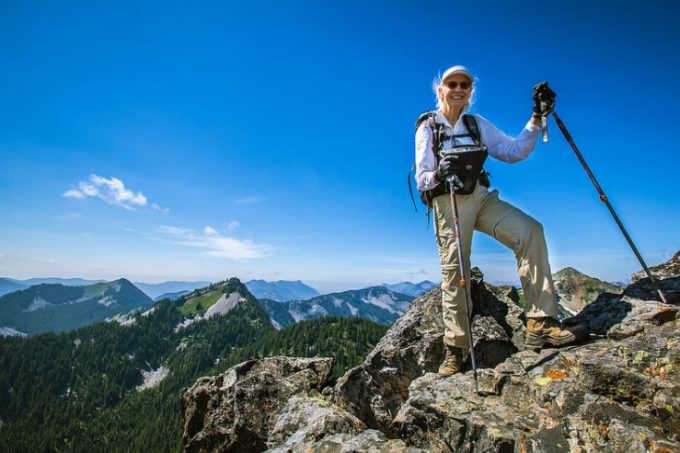
If trekking poles are a must, count it as a necessity! Don’t make the trail unnecessarily difficult to save these few ounces. For tips on how to use trekking poles, see our earlier post.
Luxury Items
For most hikers, this includes items of entertainment like a book, a deck of cards, or a music player. If you’re on an especially long hike, it can be nice to have a break from your mind every so often.
Time to Hit the Trail
Whether it is your first time stepping into the world of ultralight backpacking or you are a seasoned packer, it is always a fun challenge to see where you can cut more weight safely. It is important to remember, especially when just starting out, that it shouldn’t be necessary to change everything at one time.
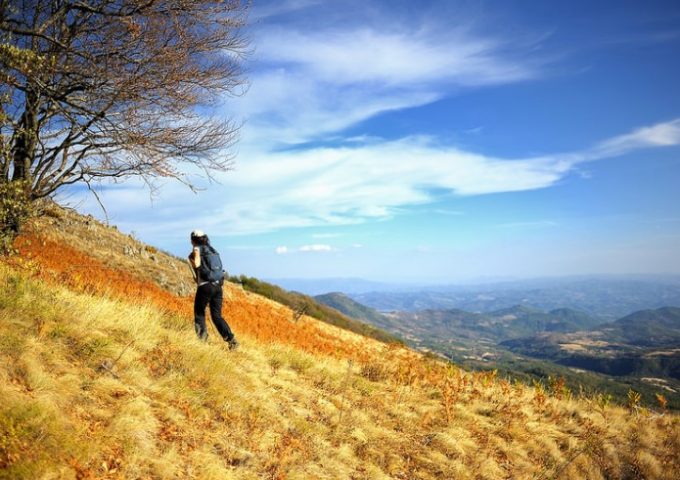
Only go as far as you are comfortable, and tweak things along the way. Trust your intuition when you’re on the trail, and keep in mind the things that went well, as well as the gear that is a must change for next time. As the backpacking community is steadily increasing, more minds are shifting towards ultralight trips.
This is great for novice ultralight packers, because you have resources before you embark on your journey, and you have more of an opportunity to pick the brains of other hikers you run into on the trail.


